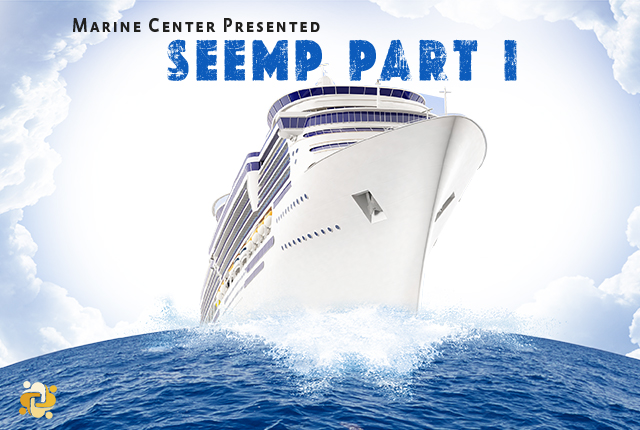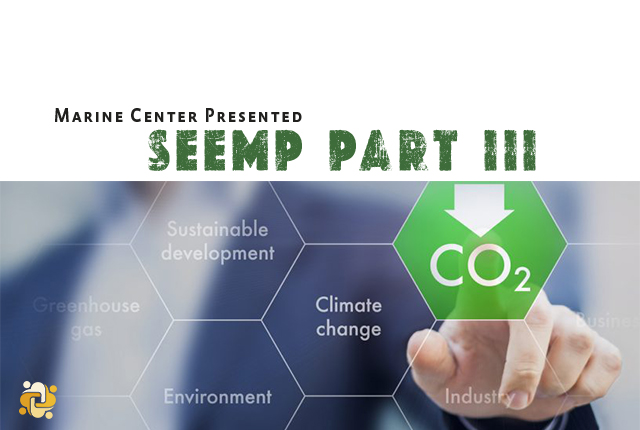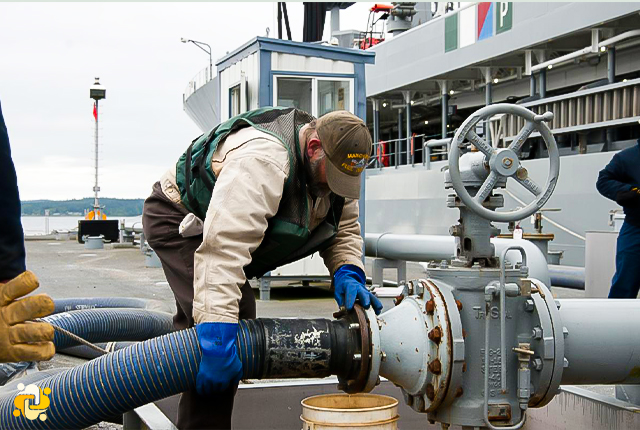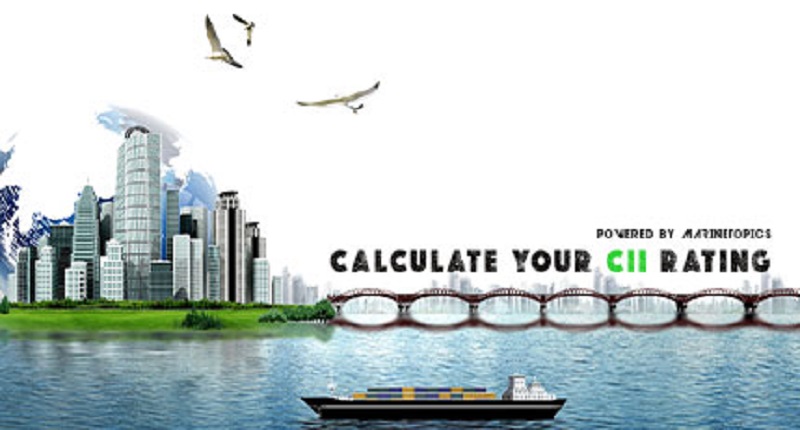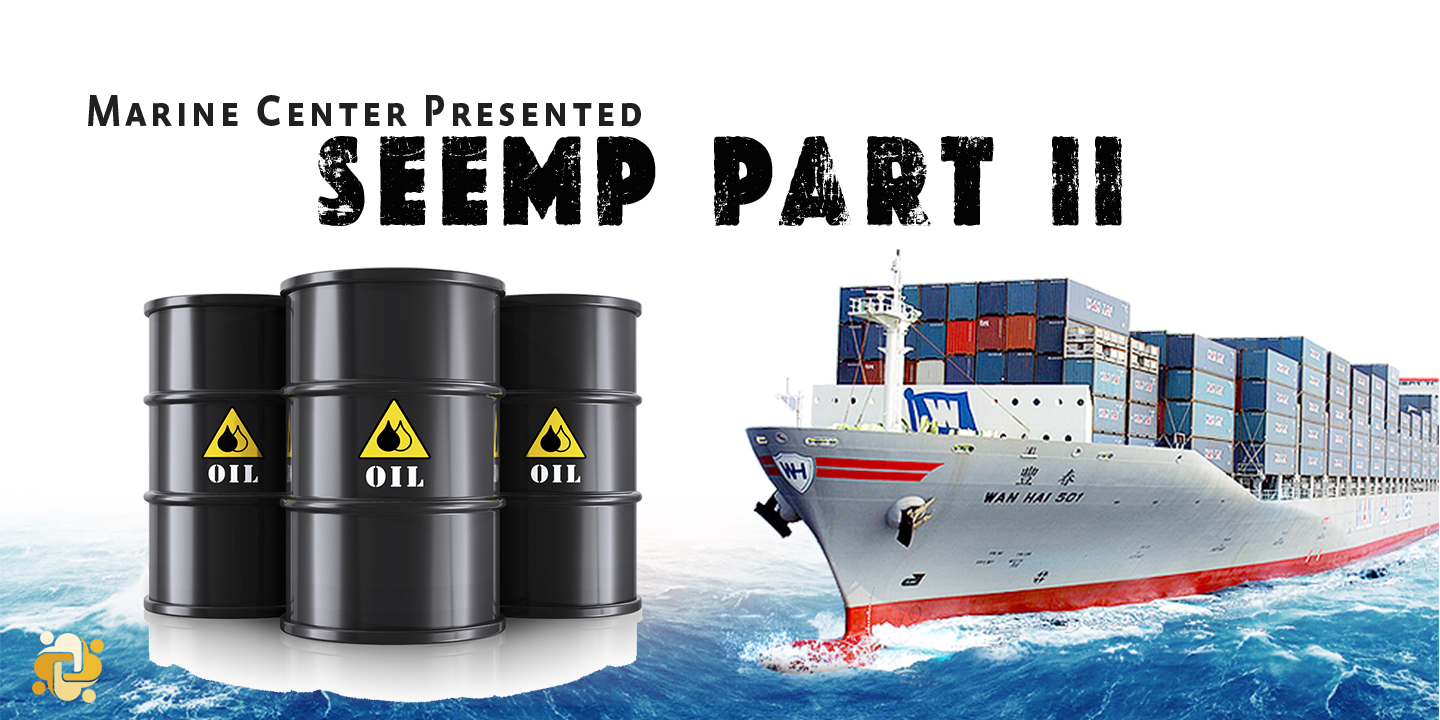
PART II OF THE SEEMP - SHIP FUEL OIL CONSUMPTION DATA COLLECTION PLAN
Regulation 26.2 of MARPOL Annex VI specifies that, “in the case of a ship of 5,000 gross tonnage and above, the SEEMP shall include a description of the methodology that will be used to collect the data required by regulation 27.1 of this Annex and the processes that will be used to report the data to the ship's Administration”. Part II of the SEEMP, the Ship Fuel Oil Consumption Data Collection Plan (hereinafter referred to as "Data Collection Plan") contains such methodology and processes.
Methodology for collecting data on fuel oil consumption, distance travelled and hours underway
Fuel oil consumption
Fuel oil consumption should include all the fuel oil consumed on board including but not limited to the fuel oil consumed by the main engines, auxiliary engines, gas turbines, boilers and inert gas generator, for each type of fuel oil consumed, regardless of whether a ship is underway or not. Methods for collecting data on annual fuel oil consumption in metric tons include (in no particular order):
Method using bunker delivery notes (BDNs):
This method determines the annual total amount of fuel oil used based on BDNs, which are required for fuel oil for combustion purposes delivered to and used on board a ship in accordance with regulation 18 of MARPOL Annex VI; BDNs are required to be retained on board for three years after the fuel oil has been delivered. The Data Collection Plan should set out how the ship will operationalize the summation of BDN information and conduct tank readings. The main components of this approach are as follows:
- Annual fuel oil consumption would be the total mass of fuel oil used on board the vessel as reflected in the BDNs. In this method, the BDN fuel oil quantities would be used to determine the annual total mass of fuel oil consumption, plus the amount of fuel oil left over from the last calendar year period and less the amount of fuel oil carried over to the next calendar year period;
- To determine the difference between the amount of remaining tank oil before and after the period, the tank reading should be carried out at the beginning and the end of the period;
- in the case of a voyage that extends across the data reporting period, the tank reading should occur by tank monitoring at the ports of departure and arrival of the voyage and by statistical methods such as rolling average using voyage days;
- Fuel oil tank readings should be carried out by appropriate methods such as automated systems, soundings and dip tapes. The method for tank readings should be specified in the Data Collection Plan;
- The amount of any fuel oil offloaded should be subtracted from the fuel oil consumption of that reporting period. This amount should be based on the records of the ship's oil record book; and
- Any supplemental data used for closing identified difference in bunker quantity should be supported with documentary evidence;
Method using flow meters:
This method determines the annual total amount of fuel oil consumption by measuring fuel oil flows on board by using flow meters. In case of the breakdown of flow meters, manual tank readings or other alternative methods will be conducted instead. The Data Collection Plan should set out information about the ship's flow meters and how the data will be collected and summarized, as well as how necessary tank readings should be conducted:
- Annual fuel oil consumption may be the sum of daily fuel oil consumption data of all relevant fuel oil consuming processes on board measured by flow meters;
- The flow meters applied to monitoring should be located so as to measure all fuel oil consumption on board. The flow meters and their link to specific fuel oil consumers should be described in the Data Collection Plan;
- Note that it should not be necessary to correct this fuel oil measurement method for sludge if the flow meter is installed after the daily tank as sludge will be removed from the fuel oil prior to the daily tank;
- The flow meters applied to monitoring fuel oil flow should be identified in the Data Collection Plan. Any consumer not monitored with a flow meter should be clearly identified, and an alternative fuel oil consumption measurement method should be included; and
- Calibration of the flow meters should be specified. Calibration and maintenance records should be available on board;
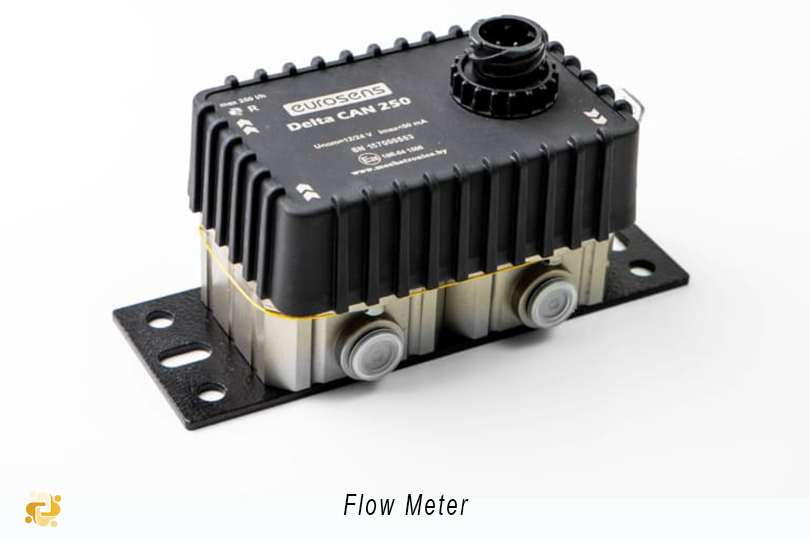
Method using bunker fuel oil tank monitoring on board:
- To determine the annual fuel oil consumption, the amount of daily fuel oil consumption data measured by tank readings which are carried out by appropriate methods such as automated systems, soundings and dip tapes will be aggregated. The tank readings will normally occur daily when the ship is at sea and each time the ship is bunkering or de-bunkering; and
- The summary of monitoring data containing records of measured fuel oil consumption should be available on board;
Method using LNG cargo tank monitoring on board:
- LNG ships use the Custody Transfer Monitoring System (CTMS) to monitor/record the cargo volumes inside the tanks. When calculating the consumption:
- The LNG liquid volume consumed is converted to mass using the Methane density of 422 kg/m³. This is because LNG is transported at Methane boiling point, while other heavier hydrocarbons have higher boiling point and remain at liquid state; and
- Nitrogen mass content is subtracted for each laden voyage from LNG consumption as it does not contribute to CO2 emissions;
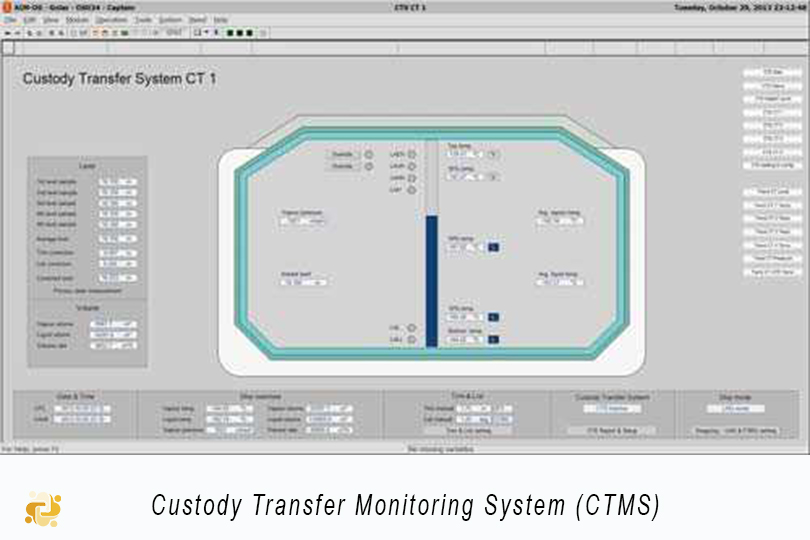
Method using cargo tank monitoring on board for ships using cargo other than LNG as a fuel:
- To determine the annual fuel oil consumption, the amount of daily fuel oil consumption data measured by tank readings which are carried out by appropriate methods to the cargo used as a fuel. The method for tank readings should be specified in the SEEMP Data Collection Plan; and
- The tank readings will normally occur daily when the ship is at sea and each time the ship is loading or discharging cargo; and the summary of monitoring data containing records of measured fuel oil consumption should be available on board.
- Any corrections, e.g. density, temperature, nitrogen content for LNG, if applied, should be documented.
Conversion factor CF
If fuel oils are used that do not fall into one of the categories as described in the 2018 Guidelines on the method of calculation of the attained Energy Efficiency Design Index (EEDI) for new ships (resolution MEPC.308 (73)), as amended, and have no CF-factor assigned (e.g. some "hybrid fuel oils"), the fuel oil supplier should provide a CF-factor for the respective product supported by documentary evidence.
Distance travelled
Appendix IX of MARPOL Annex VI specifies that distance travelled should be submitted to the Administration and:
- Distance travelled over ground in nautical miles should be recorded in the log-book in accordance with SOLAS regulation V/28.1;
- The distance travelled while the ship is underway under its own propulsion should be included into the aggregated data of distance travelled for the calendar year; and
- Other methods to measure distance travelled accepted by the Administration may be applied. In any case, the method applied should be described in detail in the Data Collection Plan.
Hours underway
Appendix IX of MARPOL Annex VI specifies that hours underway should be submitted to the Administration. Hours underway should be an aggregated duration while the ship is underway under its own propulsion.
Data quality
The Data Collection Plan should include data quality control measures which should be incorporated into the existing Safety Management System. Additional measures to be considered could include:
- The procedure for identification of data gaps and correction thereof; and
- The procedure to address data gaps if monitoring data is missing, for example, flow meter malfunctions.
A standardized data reporting format
Regulation 27.3 of MARPOL Annex VI states that the data specified in appendix IX of the Annex are to be communicated electronically using a standardized form developed by the Organization. The collected data should be reported to the Administration in the standardized format shown below:
DIRECT CO2 EMISSIONS MEASUREMENT
Direct CO2 emission measurement is not required by regulation 27 of MARPOL Annex VI.
Direct CO2 emissions measurement, if used, should be carried out as follows:
- This method is based on the determination of CO2 emission flows in exhaust gas stacks by multiplying the CO2 concentration of the exhaust gas with the exhaust gas flow. In case of the absence or/and breakdown of direct CO2 emissions measurement equipment, manual tank readings will be conducted instead;
- The direct CO2 emissions measurement equipment applied to monitoring is located so as to measure all CO2 emissions from the ship. The locations of all equipment applied are described in the monitoring plan; and
- Calibration of the CO2 emissions measurement equipment should be specified. Calibration and maintenance records should be available on board.
SAMPLE FORM OF SHIP FUEL OIL CONSUMPTION DATA COLLECTION PLAN (PART II OF THE SEEMP)




